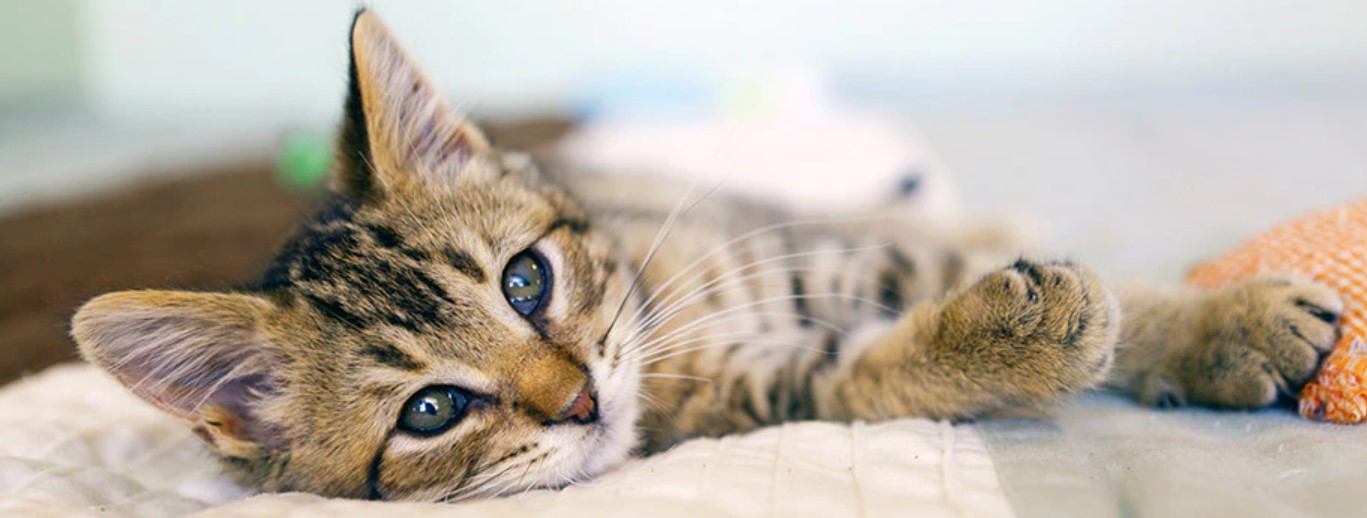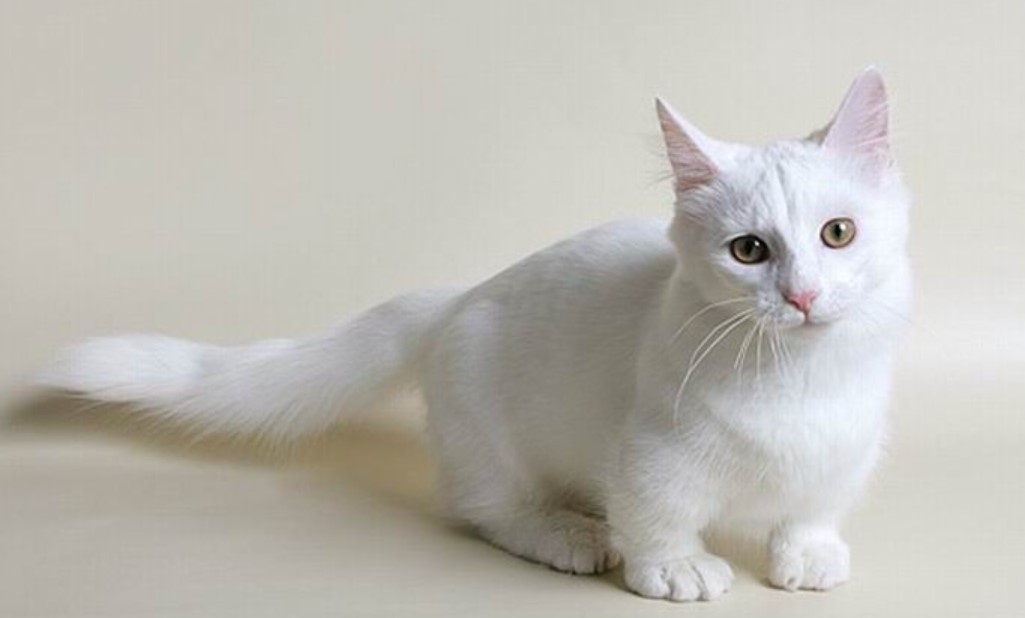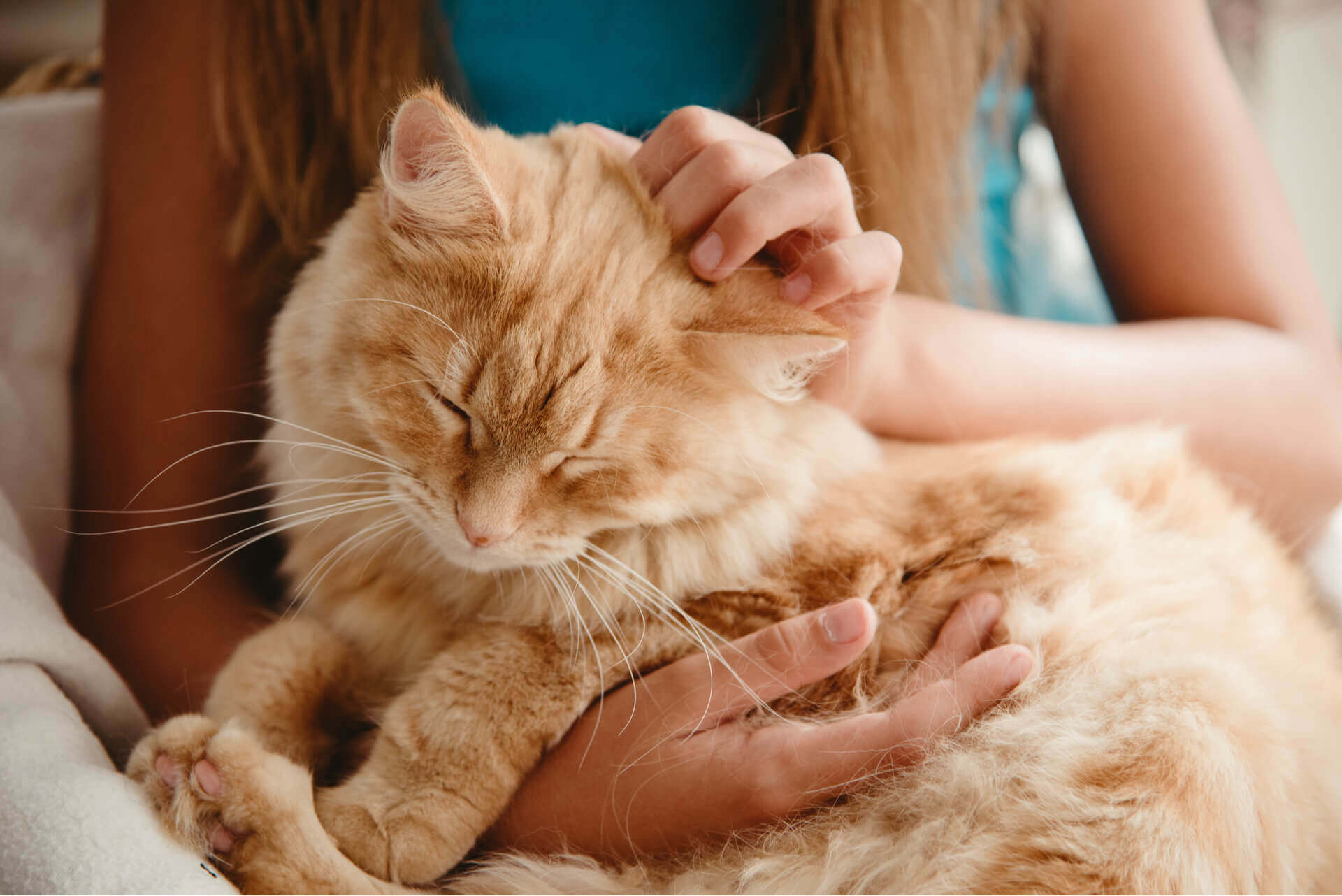Osteoarthritis: a painful, difficult to diagnose the condition

Ouch, this can hurt! When the joints stop working properly, the cat can suffer from severe pain. A study has shown that 90 percent of all cats over the age of twelve suffer from osteoarthritis – but the disease is not uncommon even in younger years. We’ll tell you more about osteoarthritis in cats and explain what you can do about it.
What actually is osteoarthritis?
An osteoarthritis is a special form of degenerative joint changes. The result is that cartilage tissue is lost, the bones are remodeled and wild bone tissue is formed.
Osteoarthritis usually starts with a defect in the cartilage. This inflames the synovial membrane, which swells and produces more synovial fluid, but which is not of the required quality. It is too thin to protect the cartilage. Since the synovial fluid increases so much, this leads to a so-called irritant effusion. This causes the joint capsule to swell. This is where the big problems for cats begin: the joint becomes thick, hurts, and is only able to move to a very limited extent.
Now the organism comes into play, which wants to ensure that the problems in the joint capsule are eliminated. Large amounts of connective tissue are created to penetrate the capsule and wild bone tissue is also produced to support the diseased joint. These changes are irreversible.
Cat lovers know: It is precisely the supple, soft gait that defines the flowing movements of the velvet paws. The mobility of the joints is essential for this but does not apply in the case of osteoarthritis in cats.
Promotes movement!

In the future, small tigers will only be able to move with great pain and will often walk stiff and lame. In addition, they don’t like to play as much as they did before – the beginning of a vicious circle: Because a lot of movement creates the so important synovial fluid that ensures frictionlessness in the joints. It is therefore important that you continue to play with your cat a lot. The best thing to do is to encourage them to move more with great game ideas such as a cat rod or small fur mice.
One problem with cats suffering from osteoarthritis is that the diagnosis can often only be made very late. Because cats are brave patients – they mostly don’t show their pain. It is therefore important to pay close attention to the warning signals and to react to behavior that is atypical for the cat by visiting the vet.
How do I recognize joint diseases in my cat?
Some of the signs that you can tell that something is wrong with your cat’s joints:
- The cat plays significantly less and no longer likes to move
- Outdoor users prefer to stay indoors than go out
- The cat no longer likes to jump on the sofa and avoids higher places that it used to love so much
- In some places, the animal no longer cleans itself, simply because it can only be reached with pain
- Every now and then she lets out a plaintive sounding “meow”
- Suddenly the kitty doesn’t want to be carried anymore, although it was never a problem
- If you touch certain parts of the body or parts of the body, it will bite (which it has not done before)
- Your kitty is even more affectionate than usual and hardly leaves your side
- Somehow your animal seems to have changed and feels different to you than usual
If one or more characteristics apply to your little tiger, then you should go to the vet. Even if the behavior can change in the course of a cat’s life – only a doctor can determine whether the strange behavior is perhaps due to an illness.
How can the vet tell if the cat has osteoarthritis?
On the one hand, the vet can feel changes in the joints, especially when he bends and stretches parts of your animal’s body. On the other hand, there is the possibility of determining possible joint diseases relatively reliably with X-rays or computed tomography.
What can be done about osteoarthritis in cats?
Even if osteoarthritis cannot be “cured”, it does not have to be accepted without complaint. There are a few things you can do to make your cat feel better and, in particular, not to get worse. The most important thing, for example, is to avoid further inflammation and also to make the pain that has existed so far bearable. There are also drugs that are particularly well tolerated by cats and that does a lot without putting a strain on the organism. Your vet will help you determine the correct means and dosages for your kitty.
Aside from the right medication, there is more that can be done to ease Kitty’s pain. You should always get advice from the vet, as the characteristics/course of the disease of osteoarthritis can vary from person to person. The severity of the disease depends, for example, on when the osteoarthritis was diagnosed and treated, but also how to fit the cat was in general or how old the kitty is.
Tips for relieving pain in osteoarthritis:

- A lot can be done with the right diet. For example, glycosaminoglycans (found in green-lipped mussels, among others) promote joint health;
- Depending on the case of osteoarthritis, you can work with cold and warm;
- Homeopathy can also be used to support the correct medication (here too, always in consultation with the veterinarian);
- Gentle movement and careful play to protect the joints, but to encourage movement;
- Be careful when carrying and lifting;
- Of course, give your cat a lot of love and petting when you feel like it.
So cared for and medically well adjusted, even most cats with osteoarthritis can still really enjoy life and make the environment unsafe!



